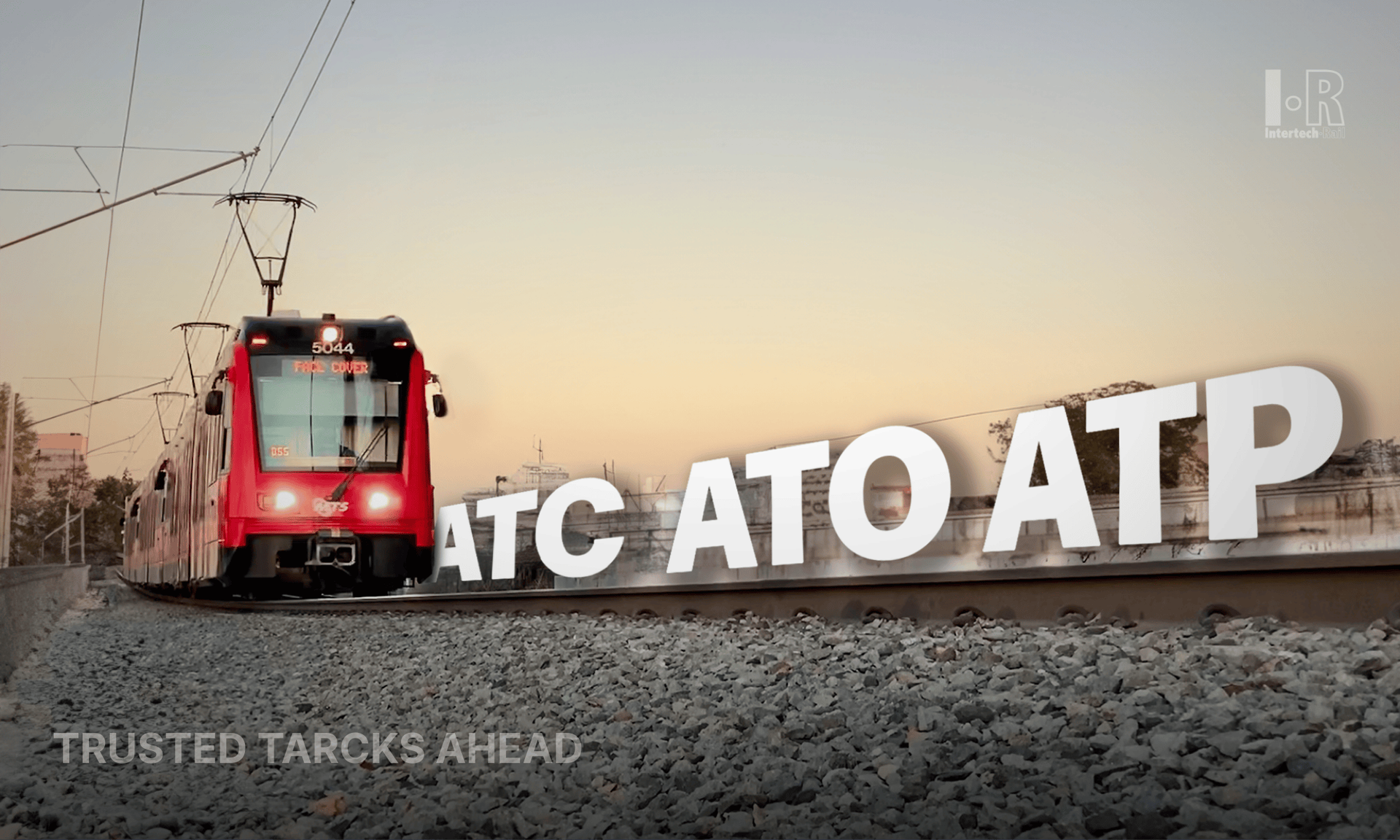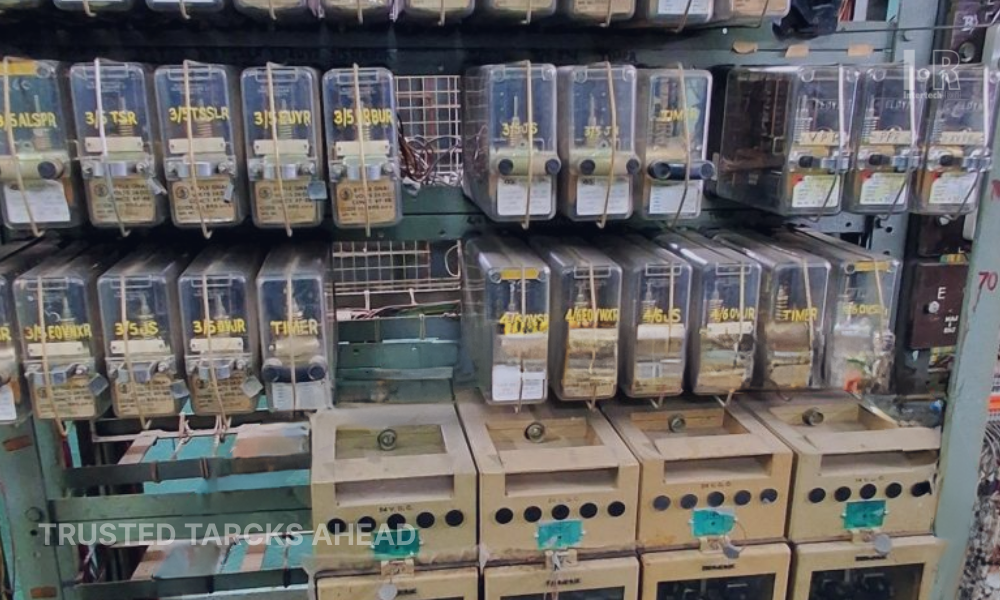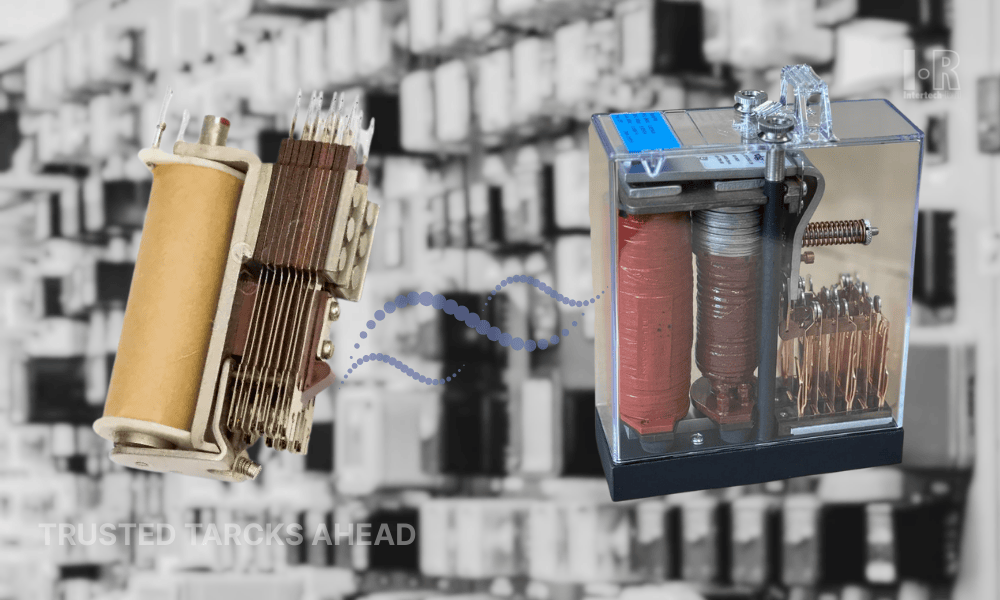ATP, ATC, and ATO Explained- Demystifying Railway Automation
How ATP, ATC, and ATO Work Together to Improve Railway Safety and Efficiency

As technology continues to revolutionize the railway industry, terms like Automatic Train Protection (ATP), Automatic Train Control (ATC), and Automatic Train Operation (ATO) have become increasingly prevalent. While they all contribute to the automation of train systems, each serves a distinct purpose and operates at different levels of sophistication. Let's delve into the nuances of ATP, ATC, and ATO to understand their differences and how they collectively enhance railway safety and efficiency.
Automatic Train Protection (ATP)
ATP systems are primarily designed to ensure train safety by enforcing speed limits and preventing collisions. These systems rely on a combination of onboard and wayside equipment to monitor train movements and enforce safety parameters. Key features of ATP include:
1. Speed Supervision: ATP continuously monitors the speed of trains and automatically applies brakes if the train exceeds predefined speed limits, thus preventing overspeeding incidents.
2. Collision Avoidance: ATP systems incorporate safety buffers between trains and enforce safe separation distances to prevent collisions, particularly in high-density rail networks or areas prone to congestion.
3. Emergency Braking: In the event of an emergency, such as an obstacle on the track or a signal violation, ATP systems trigger emergency braking to bring the train to a halt and mitigate potential risks.
Automatic Train Control (ATC)
ATC systems build upon the foundation of ATP and expand their capabilities to include functions such as route setting, train spacing, and scheduling. ATC integrates with signaling and traffic management systems to optimize train movements and improve network efficiency. Key features of ATC include:
1. Route Setting: ATC systems determine the optimal route for each train based on factors such as traffic conditions, track availability, and scheduling constraints, ensuring efficient utilization of railway infrastructure.
2. Train Spacing: ATC regulates the spacing between trains to maximize throughput while maintaining safe distances, thereby reducing delays and minimizing the risk of congestion-related incidents.
3. Automatic Signaling: ATC systems control trackside signals and switches to guide trains along their designated routes and manage interlocking operations, streamlining the flow of traffic through complex rail junctions.
Automatic Train Operation (ATO)
ATO represents the pinnacle of railway automation, enabling trains to operate with minimal human intervention under normal operating conditions. ATO systems leverage advanced technologies such as predictive analytics, artificial intelligence, and onboard control systems to optimize train performance and energy efficiency. Key features of ATO include:
1. Automated Train Driving: ATO systems automate train acceleration, braking, and speed control, allowing trains to operate with precision and consistency while adhering to schedule requirements.
2. Energy Management: ATO optimizes energy consumption by regulating propulsion systems, coasting, and regenerative braking, thereby reducing fuel consumption, emissions, and operating costs.
3. Dynamic Train Control: ATO continuously adjusts train movements based on real-time conditions, such as weather, track conditions, and passenger loads, to maximize safety, comfort, and efficiency.
ATP, ATC, and ATO represent distinct yet interconnected layers of railway automation, each contributing to the safety, efficiency, and reliability of train operations. While ATP focuses on safety-critical functions such as speed control and collision avoidance, ATC expands its scope to include route setting and traffic management. ATO represents the pinnacle of automation, enabling trains to operate autonomously under normal conditions, thereby unlocking new levels of performance and efficiency. As railway technology continues to evolve, the integration of ATP, ATC, and ATO will play a vital role in shaping the future of rail transportation, driving innovation and enhancing the passenger experience.




